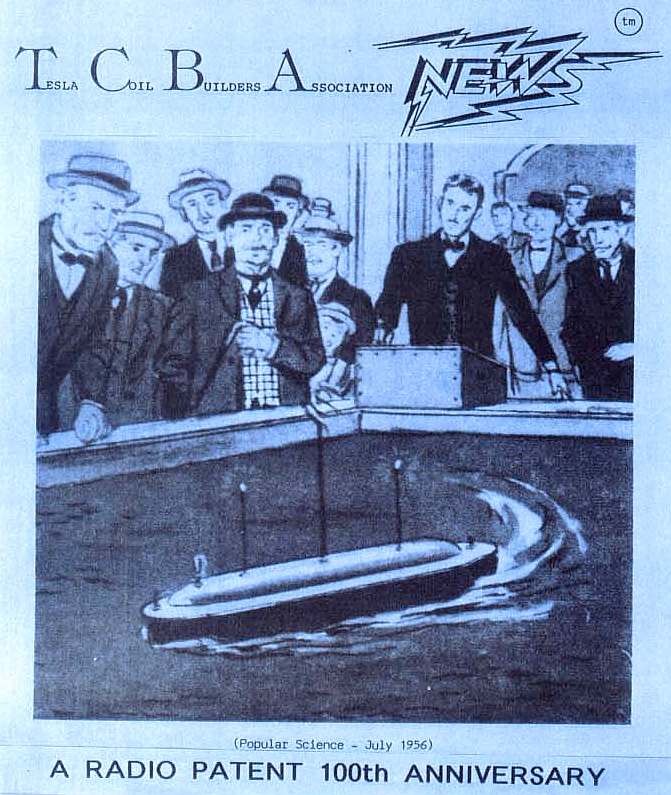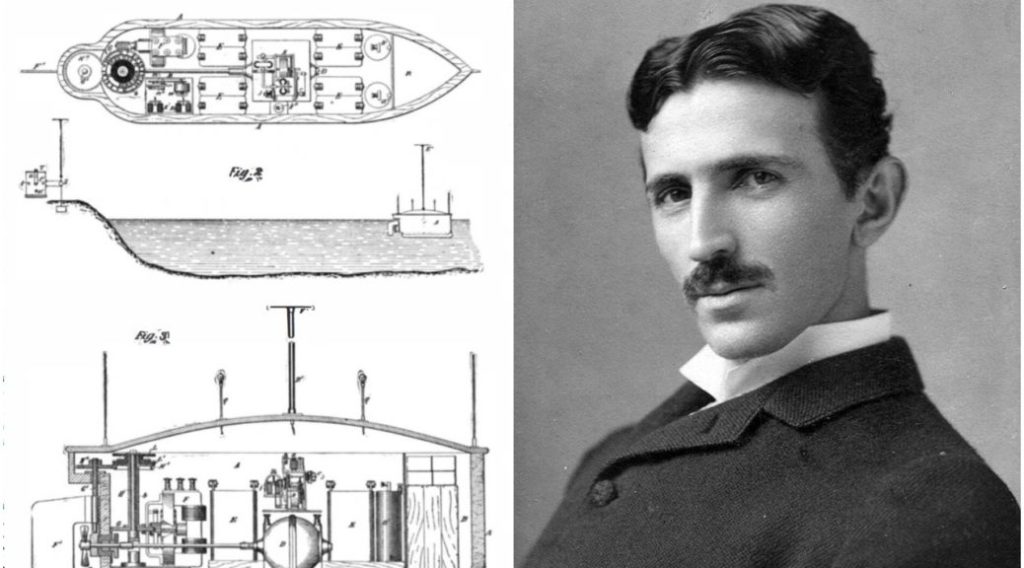Author: MM Flemix
Introduction: The development of radio remote control technology for industrial use has revolutionized various sectors, enabling safer and more efficient operations across industries, such as manufacturing, construction, mining, and agriculture. This document provides a historical overview of the evolution of industrial radio remote control technology from its inception to the latest advancements.

Early Origins: The origins of radio remote control technology can be traced back to the early 20th century, when inventors and engineers began experimenting with wireless communication systems. In the 1890s, Nikola Tesla demonstrated the first remote-controlled boat using radio waves. However, it wasn’t until the mid-20th century that radio remote control technology began to see widespread industrial applications.
Mid-20th Century Innovations: During the mid-20th century, advancements in electronics and telecommunications paved the way for the development of more sophisticated radio remote control systems. In the 1940s and 1950s, radio remote controls were primarily used in military applications, such as remote-controlled aircraft and vehicles.
Industrial Applications: By the 1960s and 1970s, radio remote control technology started to find its way into industrial settings. Early industrial radio remote control systems were primarily used for crane and material handling operations in manufacturing and construction sites. These systems allowed operators to control machinery from a safe distance, improving productivity and safety.

Advancements in Technology: Throughout the late 20th and early 21st centuries, advancements in microelectronics, wireless communication, and digital signal processing led to significant improvements in industrial radio remote control technology. Modern radio remote control systems feature compact and lightweight transmitters with ergonomic designs, as well as robust receivers capable of handling complex commands and data transmission.
Integration with Automation: In recent years, industrial radio remote control technology has become increasingly integrated with automation systems, enabling seamless communication between remote-controlled machinery and centralized control systems. This integration has resulted in greater flexibility, efficiency, and precision in industrial operations, particularly in sectors such as logistics, warehousing, and agriculture.
Future Directions: Looking ahead, the evolution of industrial radio remote control technology is expected to continue at a rapid pace. Emerging technologies such as artificial intelligence, machine learning, and the Internet of Things (IoT) are poised to further enhance the capabilities of radio remote control systems, enabling autonomous and intelligent operation of industrial machinery.
Conclusion: Continuous innovation and adaptation to the changing needs of various industries has characterized the evolution of industrial radio remote control technology. From its humble beginnings in the early 20th century to the cutting-edge systems of today, radio remote control technology has played a pivotal role in driving efficiency, safety, and productivity in industrial settings. As we look to the future, the possibilities for further advancements in this field are limitless, promising even greater benefits for industries around the world.

Pictures borrowed from these websites:
https://www.bluebird-electric.net/Bluebird_Boats_Ships_Systems/Nikola_Tesla.htm
https://www.boweryboyshistory.com/2017/03/nikola-tesla-wireless-world-invention-remote-control.html